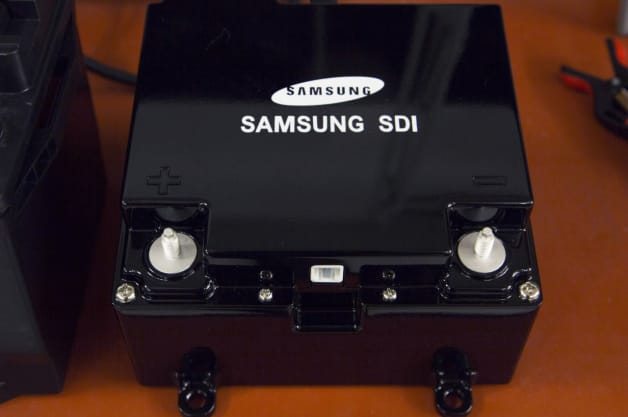
Ford must be desperate to get itself ready for the beach this summer because it is really trying to get into shape. Shortly after unveiling the Lightweight Concept that cut the weight of a Fusion down to that of a Fiesta, it's now the rest of the line's turn for improvement. The company is wrapping up a 10-year research project aimed at developing next-gen automotive batteries to improve efficiency.
Ford claims that 70 percent of its lineup will have stop/start tech by 2017. The key to this massive proliferation is its new dual-battery system that combines a lithium-ion battery with a lead-acid one and regenerative braking. The setup works by harvesting braking energy and converting it to electricity. When the vehicle stops, the engine shuts off, but the Li-ion battery has enough juice to keep the accessories running. The engine starts up again as drivers take their foot off the brake. The layout would mean less wasted gas while idling. It's already available on Ford hybrids and is somewhat similar to the i-Eloop capacitor-based system from Mazda.
The bigger challenge is tuning the regenerative braking right. While hybrid drivers may be a little more adventurous, when it comes to getting a hang of regen braking, conventional buyers might not be so open-minded. The systems have a tendency to be a little grabby at first and then taper off at very low speeds. Ford needs to make sure it's just right to avoid turning off buyers.
The other big breakthrough from the research is the possibility of replacing lead-acid batteries entirely with a Li-ion unit. Ford thinks it could save about 12 pounds over a standard battery, while being physically smaller.
No comments:
Post a Comment